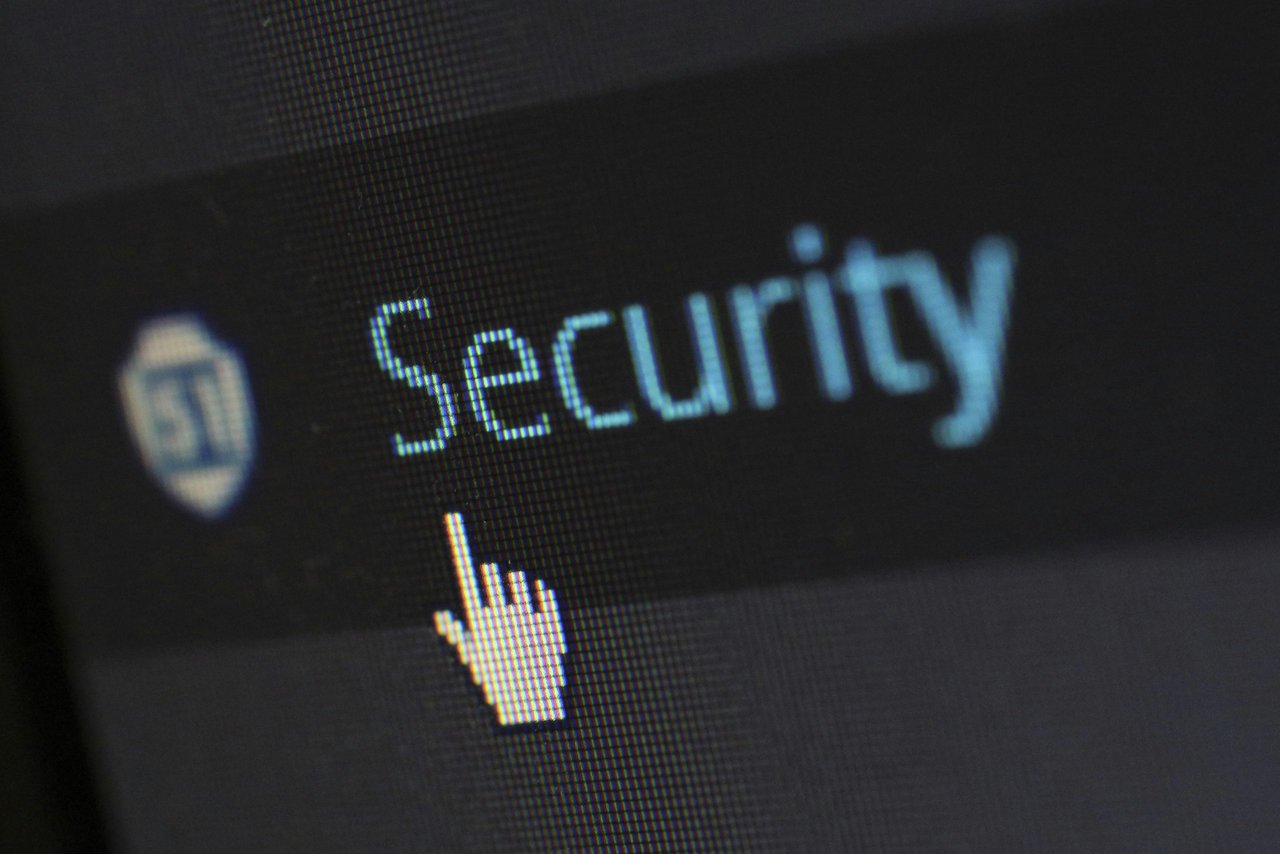In the ever-evolving landscape of digital security, liveness detection has emerged as a critical component in identity verification processes. As cyber threats become more sophisticated, traditional methods of verifying identities, such as passwords and PINs, are no longer sufficient. Biometric verification, which uses unique physical characteristics like fingerprints, facial features, and voice patterns, offers a higher level of security. However, even biometric systems can be vulnerable to spoofing attacks. This is where liveness detection comes into play.

What Is Liveness Detection?
Liveness detection is a technology designed to ensure that the biometric data being presented during an authentication process belongs to a live person rather than a static image, video, or other form of spoof. By analyzing specific characteristics and behaviors, liveness detection can distinguish between genuine biometric traits and fraudulent attempts to bypass security systems.
How Does Liveness Detection Work?
Liveness detection operates through various methods, each with its own approach to verifying the presence of a live human. These methods can be broadly categorized into three types: active, passive, and hybrid liveness detection.
1. Active Liveness Detection
Active face liveness detection requires user interaction with the verification system. During this process, users are prompted to perform a series of actions, such as blinking, smiling, turning their head, or following on-screen instructions. These actions are designed to be spontaneous and unpredictable, making it difficult for attackers to replicate using photos or pre-recorded videos.
Example: A user attempting to access their online banking account may be asked to blink and turn their head to the left. The system analyzes these movements in real-time to confirm that they are being performed by a live person.
2. Passive Liveness Detection
Passive liveness detection, on the other hand, does not require any active participation from the user. Instead, it relies on advanced algorithms and machine learning techniques to analyze subtle cues and indicators of life. These can include detecting micro-movements, reflections in the eyes, skin texture, and other natural attributes that are difficult to fake.
Example: When a user takes a selfie for verification, the system automatically analyzes the image for signs of liveness, such as natural lighting reflections on the eyes and skin, without requiring the user to perform any specific actions.
3. Hybrid Liveness Detection
Hybrid liveness detection combines elements of both active and passive methods to create a more robust verification process. Users might be required to perform a simple action while the system simultaneously conducts passive checks. This approach strikes a balance between user convenience and security.
Example: During a hybrid liveness check, a user may be asked to take a selfie while also smiling. The system verifies the smile as an active liveness check while analyzing the selfie for passive indicators of life.
The Technology Behind Liveness Detection
Liveness detection systems leverage advanced technologies, including neural networks, machine learning, and computer vision, to accurately distinguish between live and fake biometric data. Here’s a closer look at the technology involved:
- Neural Networks: These artificial intelligence systems are trained on vast datasets of biometric data, enabling them to recognize patterns and features that indicate liveness. They can detect anomalies and inconsistencies that may suggest a spoof attempt.
- Computer Vision: This technology allows systems to analyze visual data, such as images and videos, to identify subtle cues of liveness. Computer vision algorithms can detect micro-expressions, skin texture, and depth information that are difficult to replicate in fake biometric data.
- Machine Learning: By continuously learning from new data, machine learning models can improve their accuracy in detecting liveness. They adapt to new spoofing techniques and become more effective over time.
Applications of Liveness Detection
Liveness detection is crucial in various industries and applications where secure identity verification is essential:
- Financial Services: Banks and financial institutions use liveness detection to prevent fraud during online account opening, mobile banking transactions, and KYC (Know Your Customer) processes.
- Healthcare: Healthcare providers employ liveness detection to secure patient records, ensure the authenticity of telemedicine sessions, and protect sensitive health information.
- Travel and Hospitality: Airlines and hotels use liveness detection to streamline check-in processes and enhance security by verifying the identities of passengers and guests.
- Telecommunications: Telecom companies leverage liveness detection to secure mobile number registrations, SIM card activations, and other customer interactions.
Conclusion

As cyber threats continue to evolve, the importance of robust identity verification methods cannot be overstated. Liveness detection is a powerful tool that enhances the security of biometric systems by ensuring that the presented data comes from a live person. By incorporating advanced technologies like neural networks, computer vision, and machine learning, liveness detection provides a critical layer of defense against spoofing attacks. Whether in banking, healthcare, travel, or telecommunications, liveness detection plays a vital role in safeguarding our digital identities.
